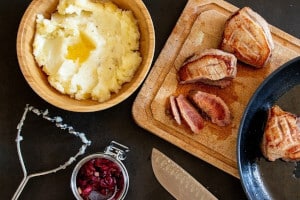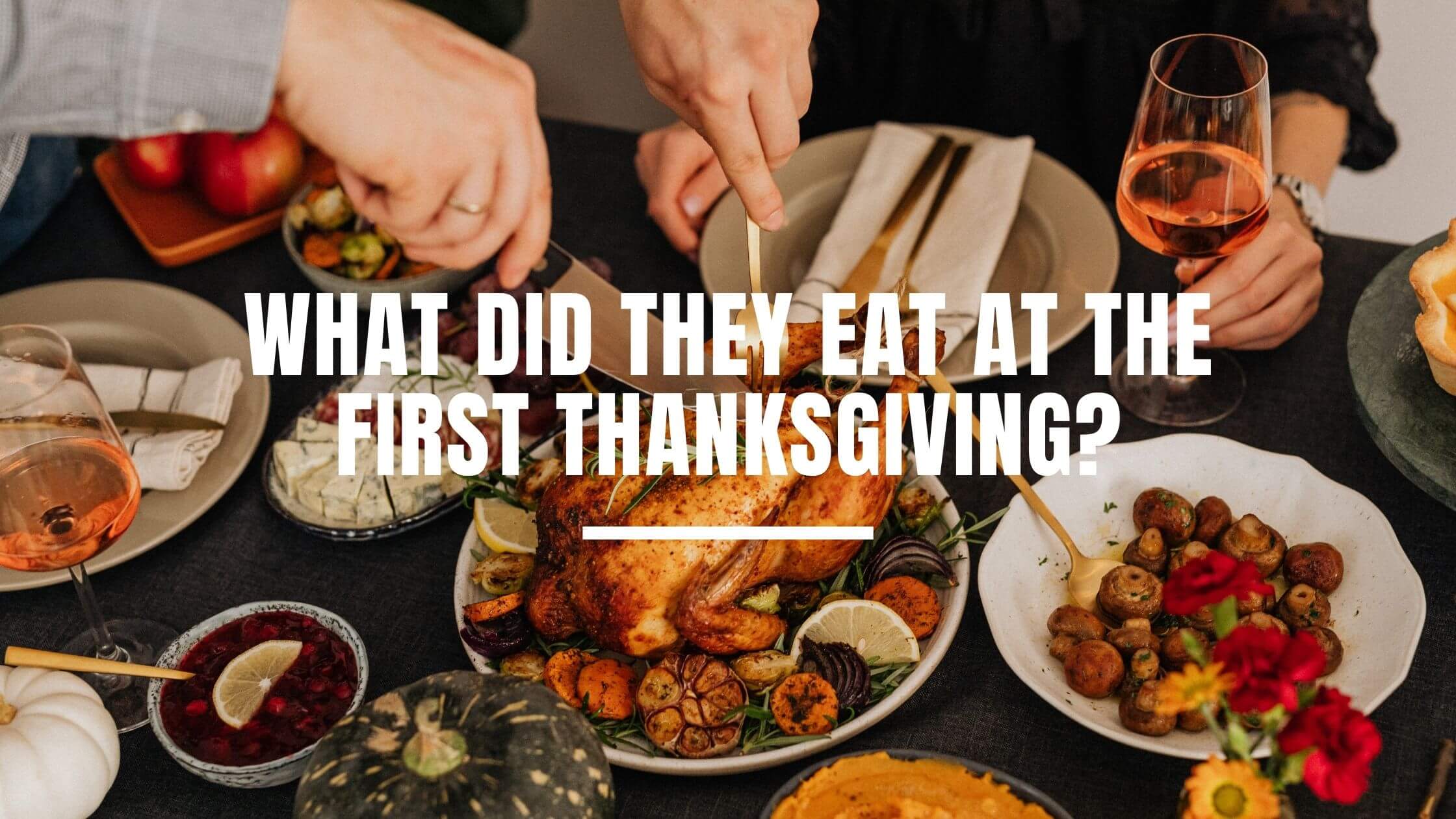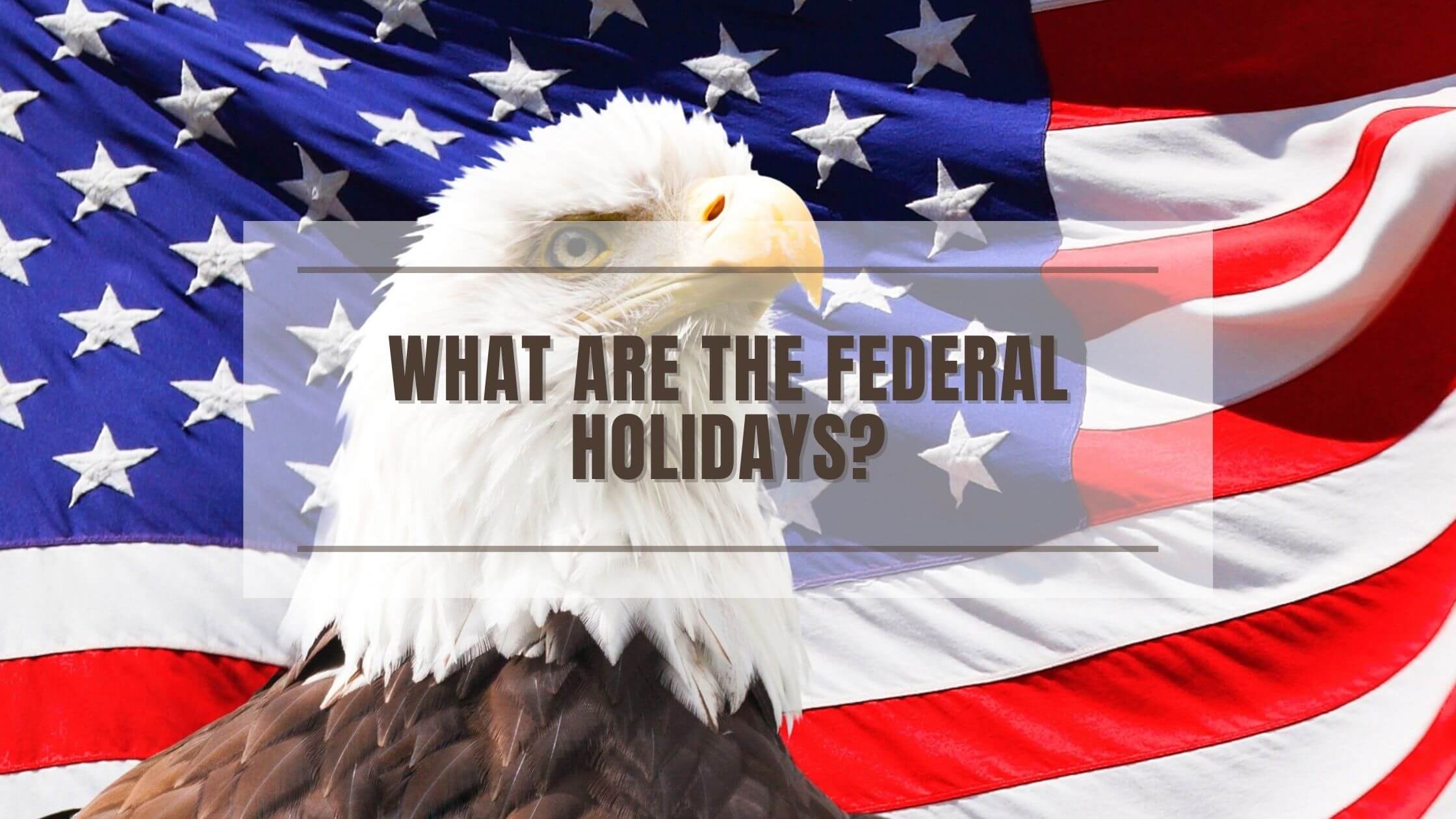Table of Contents
ToggleIs the Modern Thanksgiving Meal Similar to the Original?
It’s taught in every American school that the Thanksgiving holiday we all know and love today was originally based on a festival that happened between the Wampanoag Native American Tribe and the pilgrims in Plymouth, Massachusetts.
Today, we celebrate Thanksgiving on the fourth Thursday of November. However, in 1621 it’s believed that the festival took place a little earlier in the year to celebrate the harvest.
This change in date means that the original Thanksgiving meal will have differed significantly from what is now deemed traditional.

Get Smarter on US News, History, and the Constitution
Join the thousands of fellow patriots who rely on our 5-minute newsletter to stay informed on the key events and trends that shaped our nation's past and continue to shape its present.
So, what did they eat for the first Thanksgiving meal, and how has it influenced the traditional meal we look forward to each Fall?
The Modern Thanksgiving Meal
When US families gather every November, they can usually be rest assured that certain dishes will be on their Thanksgiving table – no matter who has cooked it! It’s well known across the world that the traditional American Thanksgiving meal includes turkey (typically roasted), mashed potatoes, sweet potatoes topped with marshmallows, green bean casserole, cranberry sauce, stuffing, macaroni and cheese, as well as vegetables like carrots.
Yet, we can assume that many of these dishes probably weren’t eaten by the pilgrims and Native Americans on the first-ever Thanksgiving. For instance, it is unlikely that they topped their sweet potatoes with those cute little marshmallows we get at the grocery store or that they had the necessary apparatus to whip up a mean mac and cheese – did they even have macaroni?!
However, it’s interesting to see how our traditional meal may have been influenced – even slightly – by what they ate back then.
What They Ate at the First Thanksgiving
The first Thanksgiving celebration was not well-documented. Only two surviving documents tell us about what was eaten at the first Thanksgiving meal. These help to establish the majority of the original menu of the day, while Historians have sought to fill in the gaps based on other foods available at the time.
The first Thanksgiving celebration lasted three days, with approximately 50 colonists and 90 Native American men from the Wampanoag tribe in attendance. They gathered to celebrate the Pilgrims’ first successful harvest in the New World.
Two Pilgrims, Edward Winslow and William Bradford, kept journals describing their experiences. Their notes are the only written records of the feast and mention wildfowl, venison, seafood, and grains. These writings help historians piece together what was likely served.
Their findings are rather astonishing, especially for those who thought the modern Thanksgiving menu was a long-standing tradition. The original Thanksgiving foods were entirely different, and there wasn’t even any turkey!
Fowl
Fowl refers to poultry meat, such as that of a turkey. However, the type of fowl that they ate at the original Thanksgiving harvest celebration would have been duck, goose, pigeon, or swan. Furthermore, the fowl would likely have been caught in the wild rather than reared on a farm. These meats have a different flavor to the turkey that we’re accustomed to. In fact, the meat is typically darker in color and provides a much richer taste.
Winslow’s journal notes that the men went on a successful hunting trip, gathering enough wildfowl to feed the colony for almost a week. Bradford also wrote about a “great store” of wild turkeys in the area, suggesting that turkey might have been on the table alongside duck, goose, and swan.

At a modern Thanksgiving, we are used to seeing our turkeys stuffed with bread-based stuffing, herbs, onions, cranberries, and sausage. Although this is somewhat more extravagant than what the pilgrims and Native Americans would have been tucking into, it is not entirely dissimilar. In 1621, the wildfowl they ate was also stuffed, but only with onions and nuts.
The Wampanoag guests also brought five deer to the feast, indicating that venison was likely part of the meal.
Seafood
At a modern Thanksgiving, it’s a rare but welcome treat when there’s some lobster at the table – whether that be a lobster thermidor or a delicious lobster macaroni and cheese. However, seafood never feels like the most traditional type of food to be eating at Thanksgiving. So, you may be surprised to learn that seafood was likely on the agenda for the first Thanksgiving.
Seafood was a popular food amongst Native Americans and the pilgrims because of the bountiful waters in Massachusetts, making it a reliable source of sustenance.
Eels and mussels were also common. Winslow described how eels could easily be dug up at night and how mussels were gathered along the shoreline. Fish like cod were abundant in Cape Cod Bay and may have been cooked and served during the three-day feast.
The pilgrims probably ate fish like bass, catfish, and trout, lobster, mussels, shellfish, and eels! The revelation that seafood would have been such an important part of the original Thanksgiving meal makes you wonder why we don’t continue that tradition today.
Squash
One vegetable that we associate with the Fall here in the US is squash.

This means squash often finds its way onto the modern Thanksgiving dinner table – just like it will have done back in 1621. Squash is a native vegetable to American grounds, meaning the Native Americans will have served it to the pilgrims, likely boiled or roasted over a fire.
Beans, Peas, and Corn
If you’ve ever had beans, peas, or corn with your Thanksgiving dinner, you can rest assured that you’re sticking to the traditions that started with the Native Americans and pilgrims. As they still do today, these items grew naturally on American soil, so the Native Americans will have served them with the wildfowl.
Corn and Grains
The Pilgrims and Native Americans had plenty of corn, barley, and wheat. Instead of corn on the cob, the kernels were removed and ground into cornmeal, then boiled into a thick porridge or mash. Sometimes it was sweetened with molasses.
Wheat and barley from the Pilgrims’ harvest could also have been used to make a simple bread or porridge.
Cabbage and Carrots
These vegetables were not grown on American soil in 1621, but they were grown in England. The English pilgrims brought over traditionally English vegetables like cabbage and carrots, and these will have ended up being served at the original Thanksgiving meal – likely boiled.
Agricultural historians also believe that the pilgrims taught Native Americans to cultivate crops such as carrots. In contrast, the Native Americans taught the colonists how to cultivate corn, squash, and beans. We can see Thanksgiving as a celebration of American history and a sharing of cultures.
Although Bradford mentioned that their first pea crop failed, individual gardens likely produced onions, leeks, lettuce, carrots, spinach, pumpkins, and other squashes. These would have been boiled or roasted, sometimes with the addition of vinegar.
Nuts, Herbs, and Gravy
Groundnuts, acorns, walnuts, and chestnuts were plentiful and added to dishes for flavor and texture. Common English herbs, such as sage, rosemary, and thyme, may have been used for seasoning.
The meat and vegetables were roasted or boiled over open fires, creating broths that were used for gravies or sauces.
The History of Our Favorite Thanksgiving Dishes
The original Thanksgiving was a one-off event and only became a national tradition across the US in 1863. This happened after the Civil War when the country was deeply divided. President Abraham Lincoln sought efforts to unite the country and reinstate feelings of national pride and solidarity. Consequently, a woman called Sarah Josepha Hale lobbied for Thanksgiving to be established as a national holiday, and eventually, the date was made official by Congress in 1941.
Therefore, Thanksgiving is a relatively new one within the realms of national traditions. This may go some way to explain why the traditional foods eaten on this day are different from those eaten at the original celebration. However, let’s take a look at where the more modern Thanksgiving foods may have found their roots.
Turkey
While the original Thanksgiving documents show that the 1621 celebrators of Thanksgiving will have probably eaten wild birds such as geese, pigeons, and ducks, it wouldn’t have been out of the ordinary for Plymouth settlers to have enjoyed a wild turkey every now and then. The turkey was a common wild bird in North America, and settlers would probably hunt and eat them in the 1600s. Just like with other wildfowl, the wild turkey was likely stuffed with nuts and onions before being boiled or roasted – which isn’t so different from what we enjoy nowadays.
Mashed Potatoes
Potatoes originate from the Andes in South America, and the Europeans came across them during their worldly expeditions. The humble potato didn’t make it to North America until the British governor in the Bahamas gifted some to the governor of Virginia a little while later in the 1620s.
Therefore, at the time of the first thanksgiving meal, the Plymouth settlers and the Wampanoag tribe would not have been aware of potatoes. There was also a documented lack of butter, meaning no creamy mash! Potatoes became a tradition much later on, probably because they have become a staple carbohydrate in North America and the UK.

Cranberry Sauce
When the first Thanksgiving took place in 1621, there was a well-documented shortage of sugar, which means that the original celebrators couldn’t have enjoyed any cranberry sauce. However, the inclusion of cranberries in today’s Thanksgiving dinner is likely due to the cranberry being native to New England.
Making cranberry sauce is also one of the United States’ oldest traditions, with records showing that Americans were boiling cranberries with sugar by the late 1600s. But back in 1621, the cranberry was still very new and will have been treated with curiosity.
Corn
This is one food that modern Thanksgiving dinners have in common with the original. However, their methods were probably quite different from what you’re used to. The Wampanoags and pilgrims likely cooked their corn into a thick porridge-style dish that has since gone out of fashion. The corn we eat to give thanks today acknowledges corn as a staple food of American history.
Stuffing
As we mentioned earlier, at the original Thanksgiving, the wildfowl was likely to have been stuffed with nuts, onions, and herbs, as this was standard practice at the time. Furthermore, this isn’t too different from the stuffing we enjoy today, although ours usually involves cubes of stale bread and sometimes some sausage. However, the fact that the original Thanksgiving meal contained stuffing shows that stuffing is one of the oldest holiday traditions, even if it has evolved somewhat since then.
Pumpkin Pie
So we know that there was no pumpkin pie for dessert at the first Thanksgiving meal, but when did it become such an important American tradition, and why?! It might be surprising, but it isn’t actually out of the question that the first thanksgiving meal contained some sort of sweet pumpkin dessert.
This is because pumpkins were common at the time, and their naturally sweet flavor (and the sugar shortage at the time) made for a logical dessert food to follow up their savory meal. Some reports from 1621 describe a pumpkin custard made by roasting pumpkins filled with milk, honey, and spices. Today, the pumpkin pie dessert we all love acknowledges the season’s fruits, just like those celebrating the harvest in 1621.
Fruit and Beverages
There were no ovens yet, so desserts were simple. The colonists likely ate wild fruits such as plums, grapes, blueberries, and raspberries. The Wampanoag may have served cranberries, but they were not sweetened.
The Pilgrims had brought wine, beer, and cider on the Mayflower, but these supplies ran out within the first year of their arrival. By the time of the feast, they probably drank only water.
Sweet Potatoes With Marshmallows
Sweet potatoes with marshmallows are a Thanksgiving classic that some people hate, while others just can’t get enough! Despite seeming like a more modern invention, the combination of sweet potato and marshmallow has a history in colonial America.
Sweet potatoes were brought to North America by the Spanish, and fortunately, the American climate was perfect for continuing to grow them here. However, sweet potatoes were not present at the original Thanksgiving meal. It was rich Americans in the 1800s who started stuffing their sweet potatoes with marshmallows – it has become a tasty tradition ever since.
Macaroni and Cheese
Like marshmallow-studded sweet potatoes, macaroni and cheese have their roots in Victorian America, where they began serving it as a traditional Thanksgiving dish. Nevertheless, Victorian macaroni and cheese were much different from what we enjoy today. It resembled more of a ziti or lasagne. The Victorian Americans would layer their cheesy pasta with canned tomatoes, which was served alongside their stuffed turkey and sweet potatoes.
Green Bean Casserole
Green bean casserole has become a Thanksgiving staple, appearing on every dinner table up and down the country. That said, this dish doesn’t have roots in the 1600s or Victorian times. The crispy fried onions and canned mushroom soup have probably already given it away, but if you haven’t already guessed, green bean casserole originates in the 1950s.
The dish was invented by home economist Dorcas Reilly when Campbell’s soup tasked her with creating Thanksgiving dishes that 50s housewives could recreate using limited ingredients.
What we eat for a modern Thanksgiving dinner is no doubt different from what they ate back in 1621. Although, it’s interesting to look back and see where our traditions connect with theirs and where some new ones crept in along the way!
Our traditional Thanksgiving meal has evolved and will undoubtedly continue to evolve in the future. Still, it will always be a fantastic celebration of harvest flavors and a meeting of cultures.
For the Pilgrims, this feast was a celebration of survival and gratitude. They were thankful for the Wampanoag people who helped them grow food and adapt to their new home. The meal was less about tradition and more about thankfulness and cooperation.










